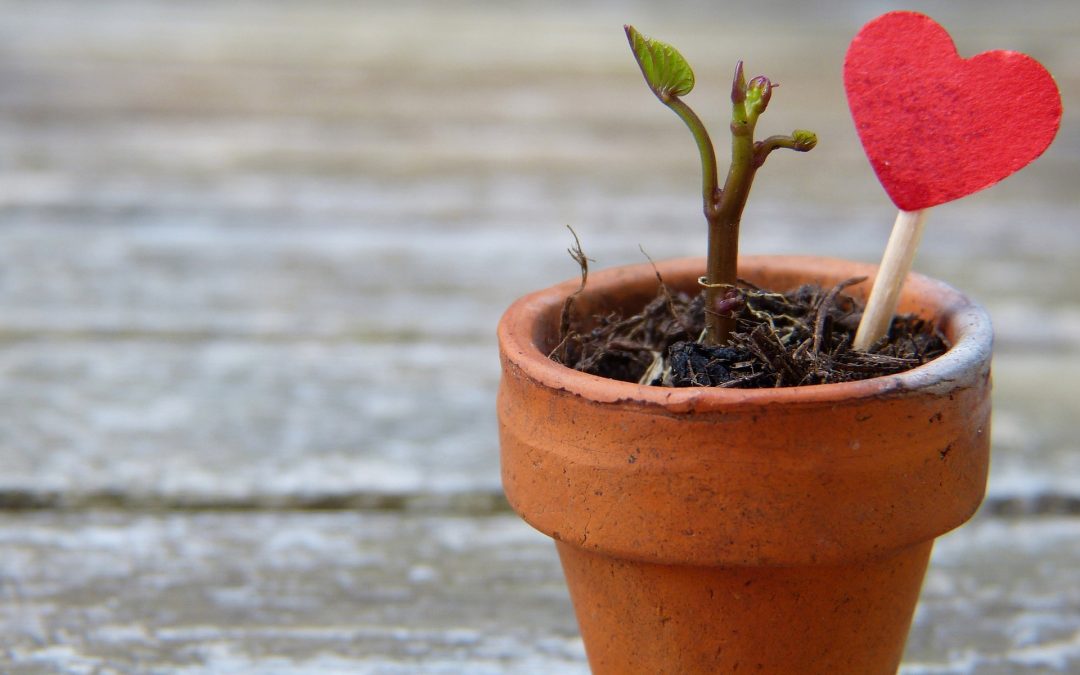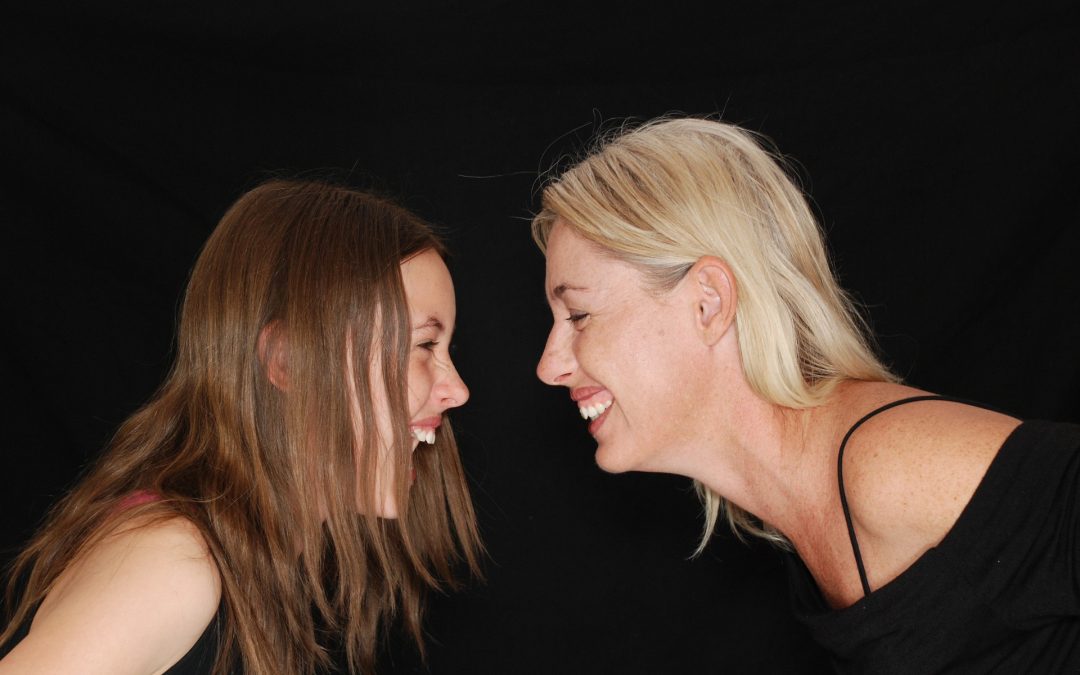
How To Live In 1,440 Minutes
Back when my husband and I were first dating, he gave me a book entitled, “The Art of Doing Nothing.” At that time, I was a full-time college student with two part-time jobs plus a 3-times-a-week rehab course as I recovered from an accident earlier that year. Curiously, my mom laughed when she saw the book. “It seems like you’re really good at that already,” she chuckled.
Despite my hectic schedule, I found myself agreeing with her. It was true. I could spend forever on the porch swing just listening to birds or reading a book. I was also pretty good at saying no to plans and having quiet evenings staying in to do, well, pretty much nothing. The 42-year-old me now understands that the ‘nothing’ time I instinctually build into my day was refueling and protective…but the 20-year-old me simply felt shame over my mom’s comment.
It was another reminder that as a newly-minted adult, I was expected to productively fill my day – not to let the day fill me. No more slacking, I told myself. Nobody gets to where they need to go by staring out a window in the middle of the afternoon. As I buckled down, I came to regard my downtime (now mostly relegated to the late evenings) with alternating consternation and relief.
Like many people, I learned to stay focused on getting through my to-do list in order to reach some imaginary daily finish line. If I was able to get to the end of a sufficiently-long list, I could then get to my ‘indulgences’ – the things that called to my introverted soul. But instead of picking up a book or watching the birds with my precious extra time, I often found myself filling the extra time with ever more demands.
Unless I was intentional, I easily defaulted to habit. Even though I knew better intellectually, I still fell prey to the imagined expectation that quantity (checking off tasks) was more important than quality (fueling my soul). Finding one more to-do item from an endless list was somehow easier to justify than quietly listening to the wind rustling through the trees.
Becoming good at handling busyness begets ever more busyness, it seems. There’s always another task, always another email popping up, always another text awaiting your reply. Parents of young kids have to manage a particularly intense 24-hour influx of demands. It’s exhausting.
Yet we often wear our busyness as a strange badge of self-worth. We bond and commiserate with others by airing and comparing our lists. We might even feel an impulse to hide, account for, or explain our unstructured minutes and hours instead of simply relishing them. Oddly, refueling and self-care become secret indulgences.
Here’s the truth of it: we’re continually gifted 1,440 minutes with each rotation of the earth to fill as we see fit. What if we chose more stillness at the expense of productivity? Would those minutes expand and become more enriched by pausing often enough to completely absorb the people, activity, and environment around us? At the end of the day, the minutes I always treasure most are the ones I slowed down enough to notice.

About the Author
Kerry Galarza, MS OTR/L is the Clinical Director and an occupational therapist at Elmhurst Counseling. She provides specialized assessment and intervention with children of all ages and their families. Kerry engages clients with naturally occurring, meaningful home-based methods to empower autonomy and maximize functioning.




